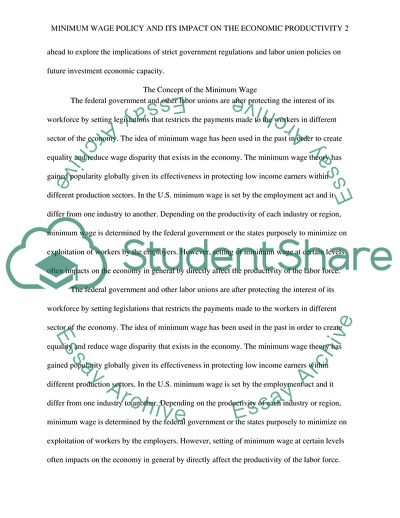Cite this document
(Federal spending and the role of the government Research Paper, n.d.)
Federal spending and the role of the government Research Paper. https://studentshare.org/finance-accounting/1851444-federal-spending-and-the-role-of-the-government
Federal spending and the role of the government Research Paper. https://studentshare.org/finance-accounting/1851444-federal-spending-and-the-role-of-the-government
(Federal Spending and the Role of the Government Research Paper)
Federal Spending and the Role of the Government Research Paper. https://studentshare.org/finance-accounting/1851444-federal-spending-and-the-role-of-the-government.
Federal Spending and the Role of the Government Research Paper. https://studentshare.org/finance-accounting/1851444-federal-spending-and-the-role-of-the-government.
“Federal Spending and the Role of the Government Research Paper”. https://studentshare.org/finance-accounting/1851444-federal-spending-and-the-role-of-the-government.


